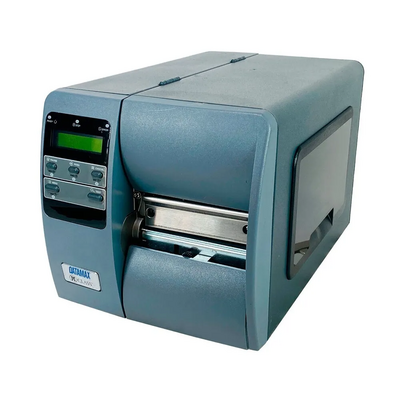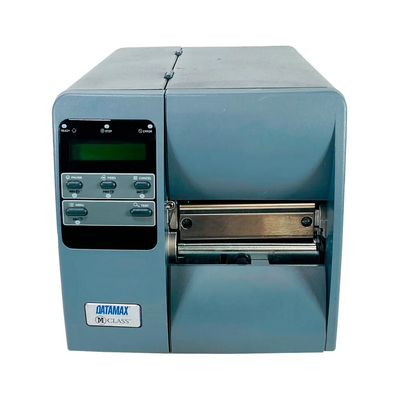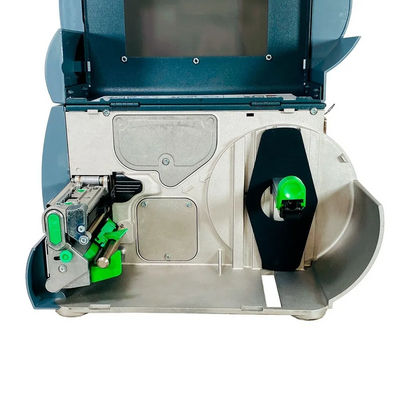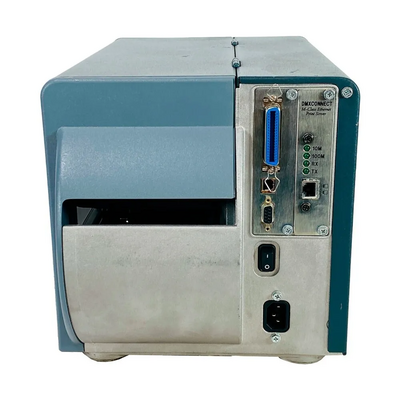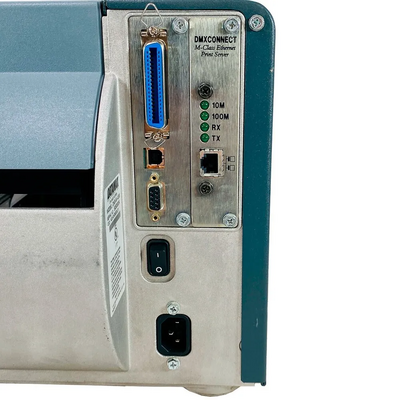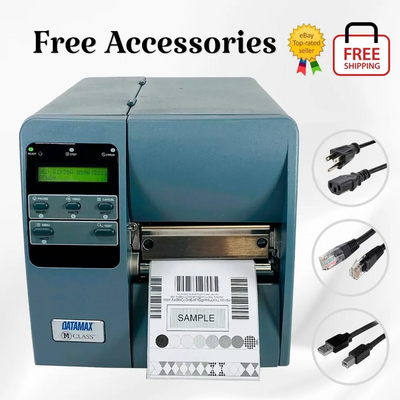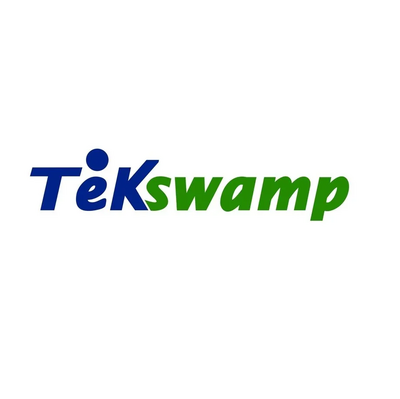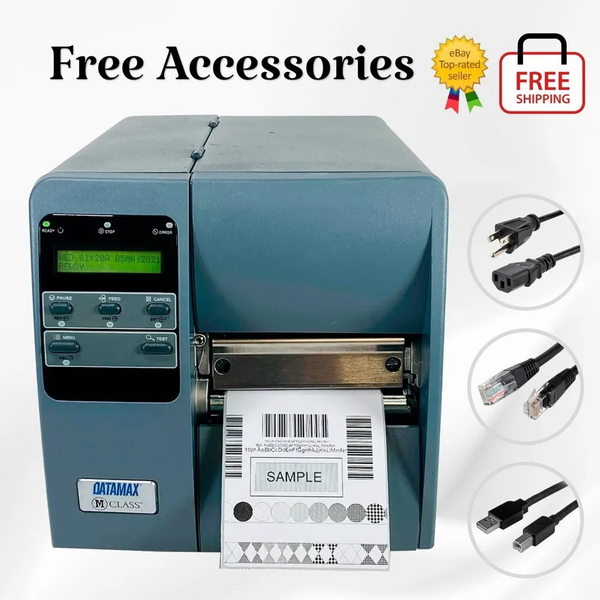
Datamax DMX-M-4208
| Brand | Datamax 2003 |
| Model | M-Class LAN Network, Ethernet, K22-00-08000L01 |
| Released Year | 2003 |
| Type | Printers |
| Series | Dmx |
| Status | Discontinued |
Quick view
Overview
The Datamax DMX-M-4208 is a thermal transfer and direct thermal printer designed specifically for mid-volume label printing in office environments. It features an Ethernet LAN interface allowing for robust network connectivity and integration into existing office systems. The printer supports various label sizes with a maximum print width of 104 mm and print speed of up to 6 inches per second. Its built-in processor ensures fast data processing and printing jobs are completed efficiently. The device supports multiple barcode symbologies and scalable fonts, leveraging its powerful Datamax software compatibility. The design incorporates modular components allowing for easy maintenance and accessory expansion.
Specifications
| Input Type | Monochrome |
| Output Type | Black & White |
| Memory | 2 MB DRAM, 2 MB Flash (expandable) |
| MPN | M-Class LAN Network, Ethernet, K22-00-08000L01 |
| Supported Paper Size | Max Label Width: 4.65" |
| California Prop 65 Warning | This item does NOT contain any chemicals or materials specified in the California Prop 65 list. |
| Type | Label Printer |
| Printer Type | Thermal Transfer / Direct Thermal |
| Technology | Thermal |
| Maximum Resolution | 203 x 203 DPI |
| Model | DMX-M-4208 |
| Connectivity | Ethernet (RJ-45), Parallel (IEEE 1284), USB 2.0, Serial (RS-232 DB25) |
| Features | Networkable |
| Black Print Speed | 8 ips |
| Country/Region of Manufacture | United States |
| Product Line | Datamax DMX |
| Print Resolution | 203 dpi (8 dots/mm) |
| Maximum Print Width | 4.16 inches (104 mm) |
| Maximum Print Speed | 6 inches per second (152 mm/s) |
| Interface | Ethernet LAN (10/100 Mbps) |
| Media Types Supported | Roll-fed labels, fanfold labels, continuous media |
| Maximum Media Width | 4.5 inches (114 mm) |
| Label Roll Diameter | 8 inches (203 mm) max |
| Fonts and Barcodes | Supports multiple font types and barcode symbologies including Code 39, Code 128, UPC/EAN |
| Processor | 32-bit RISC processor |
| Dimensions | 8.0 x 10.5 x 7.5 inches (203 x 267 x 190 mm) |
| Weight | Approx. 10 lbs (4.5 kg) |
| Power | 100-240 VAC, 50-60 Hz |
| Operating Temperature | 41°F to 104°F (5°C to 40°C) |
Images
Key Advantages
The DMX-M-4208 offers strong networking capabilities including Ethernet connectivity for seamless integration. Its thermal transfer technology provides durable, high-quality prints suitable for diverse applications. The printer's moderate print speed balances quality and performance for office use. Compact design and modular hardware ensure minimal downtime and ease of service. Compatibility with a wide range of labels and media types increases its versatility. The device is supported by extensive documentation and widely available accessories enhancing its operational reliability.
Limitations
The printer's maximum print speed may seem limited compared to newer industrial printers. Paper roll capacity is moderate, requiring regular media replacement during continuous printing. The thermal transfer ribbon technology, while durable, incurs ongoing consumable costs. Some advanced networking protocols supported by modern printers may not be available. Its firmware is less frequently updated compared to more recent models. The printer lacks certain user interface enhancements such as touchscreen controls found on contemporary devices.
FAQ
What types of media can the Datamax DMX-M-4208 print on?
It supports both thermal transfer ribbons and direct thermal media, allowing printing on various labels including paper and synthetic materials.
Does this model support network connectivity?
Yes, the DMX-M-4208 includes Ethernet LAN connectivity for integration into office networks.
What is the maximum print resolution of the DMX-M-4208?
The printer provides a maximum print resolution of 203 dpi.
Is the Datamax DMX-M-4208 still in production?
No, this model has been discontinued and replaced by more recent offerings.
What are typical applications for this printer?
It is commonly used for barcode labels, shipping labels, and inventory tagging in office and light industrial environments.
Is the firmware updateable on this model?
Firmware updates are limited due to the age of the device; only essential updates were released during its lifecycle.
What kind of maintenance does the printer require?
Regular cleaning of the printhead and periodic replacement of ribbons and media rolls are standard maintenance tasks.
Disclaimer
The content on is provided for general informational purposes only. We do not guarantee the accuracy, completeness, or reliability of any information, specifications, or visuals presented on the site.
is not responsible for any content, images, or data uploaded or shared by users. Users are solely responsible for the content they submit.
We may include links to third-party websites for convenience. We do not endorse or take responsibility for the content or policies of any external sites.
Use of the site is at your own risk. Always verify critical information independently before making decisions based on content from this website.

